
Is a $500 Countertop Composter Worth It? We Test the Game-Changing Garden Technology
We tested out the Lomi electric composter, and we’re here to spill the dirt.
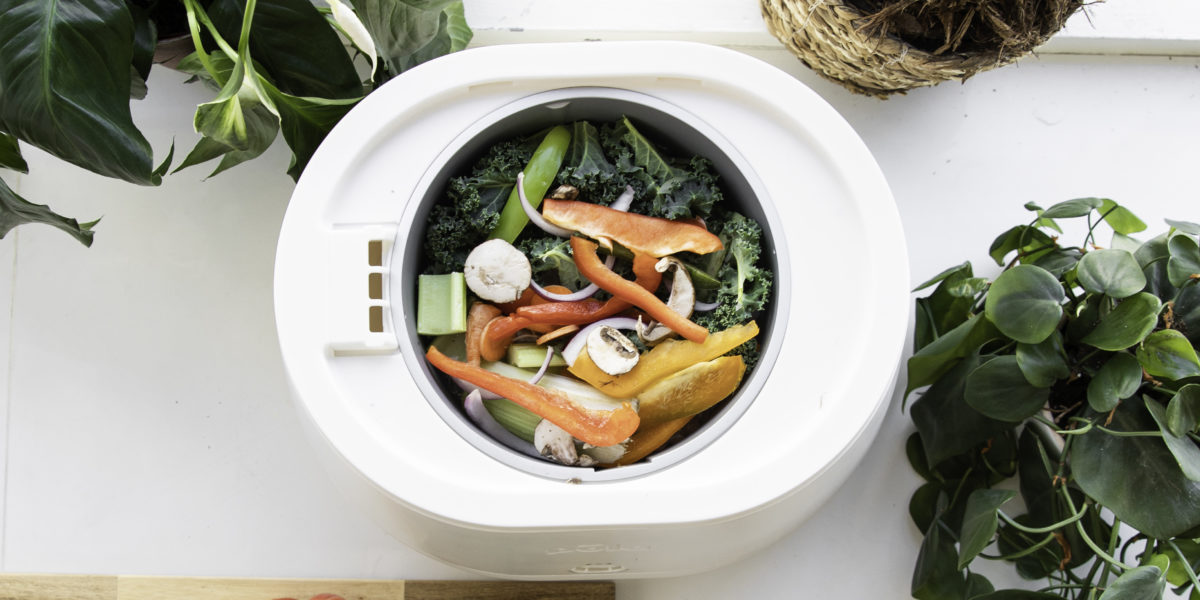
Courtesy of Lomi
I’ve always been a fan of composting—at least, as an idea. But the truth is, whenever I’ve tried to compost at home it’s been somewhat of a disaster. My compost pile attracted rats, raccoons, and skunks that sprayed my dog more than once. Since that was a total bust, I tried one of those spinning worm composters, but for whatever reason the food just rotted instead of turning into the kind of compost I’d buy at the garden store. Mission not accomplished.
So when the company that makes Lomi—an electric composter that fits on your kitchen countertop—offered me a unit to test, I jumped at the chance. After all, I’d seen Lomi on Instagram for months, and I really wanted to know if it worked. Plus, with Los Angeles’ new law that says I have to save all compostable food goods and throw them in a separate bin from my trash, I thought the Lomi could be an excellent solution to having to keep stinky kitchen scraps and leftovers in a drippy container until trash day.
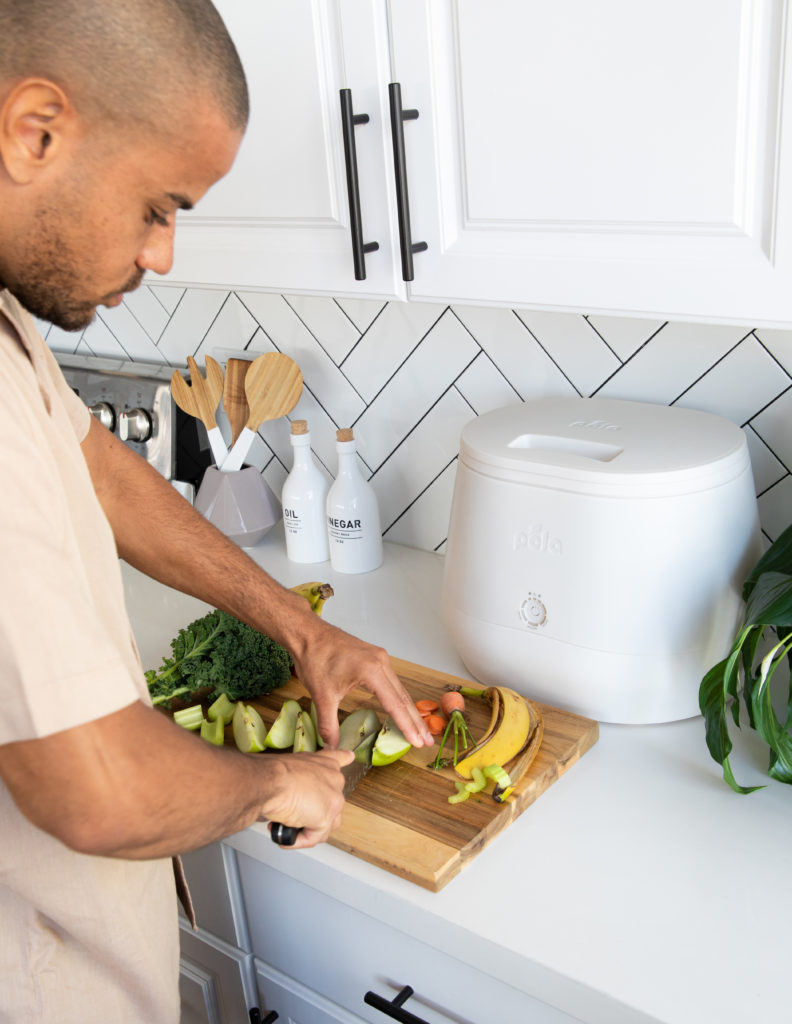
Courtesy of Lomi
When the Lomi arrived, I excitedly unpacked it and discovered that it’s white and minimal, designed in the Apple-approved ubiquitous way that is still very much in vogue. It’s a little bigger than I thought it would be; about the size of a microwave. (Albeit a very cool looking microwave.) The unit was heavier than it looked, but I easily mangaged to place it on my kitchen counter. Plugging it in, I was already feeling virtuous, like this friendly looking machine would be the answer to my compost prayers.
Like many instruction manuals these days, the one that comes with Lomi is easy to use; it had me on my way in eight simple steps.
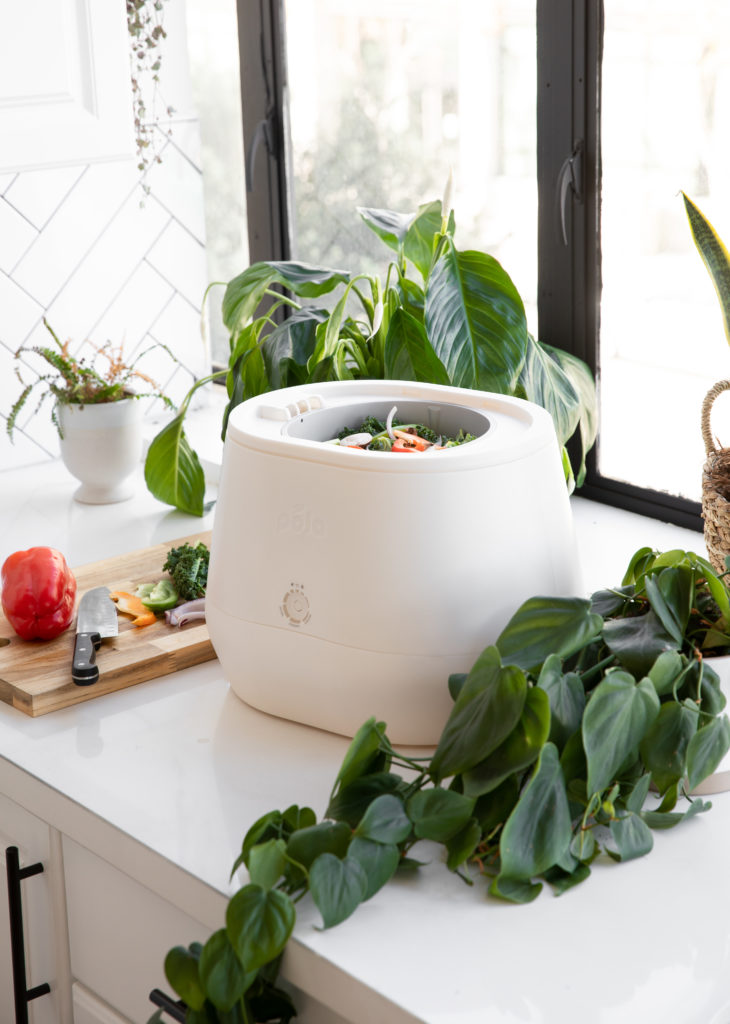
Courtesy of Lomi
I quickly learned that Lomi has three modes:
- Eco-express Mode is for food waste and gives the fastest result with the least amount of energy consumed in about two hours.
- Lomi Approved Mode turns bioplastics and compostable consumer goods along with food waste into a dirt-like substance that can be put in your green bin in five to eight hours.
- Grow Mode makes actual compost.
At 16 to 20 hours, the compost cycle takes the longest, but I was pretty excited to see if Lomi could really make compost so good that I’d want to use it on my precious garden tomatoes.
Using the Lomi
The instructions told me to fill the removable bucket until it was 75% full. I looked at the list of things I could put in the Lomi and it was so extensive that what I ended up throwing in there reminded me of the children’s classic, The Very Hungry Caterpillar. As in, I put in 10 leftover mushrooms that I never used, five rotting strawberries, four slices of turkey, three spent carrots, two small zucchinis, and one big, green, old avocado. (Minus the pit, which you’re instructed not to use).
Next, I put the bucket inside the Lomi, twisted on the cover, pressed the button to select compost, then pressed start. That was it. Soon the machine was whirring away.
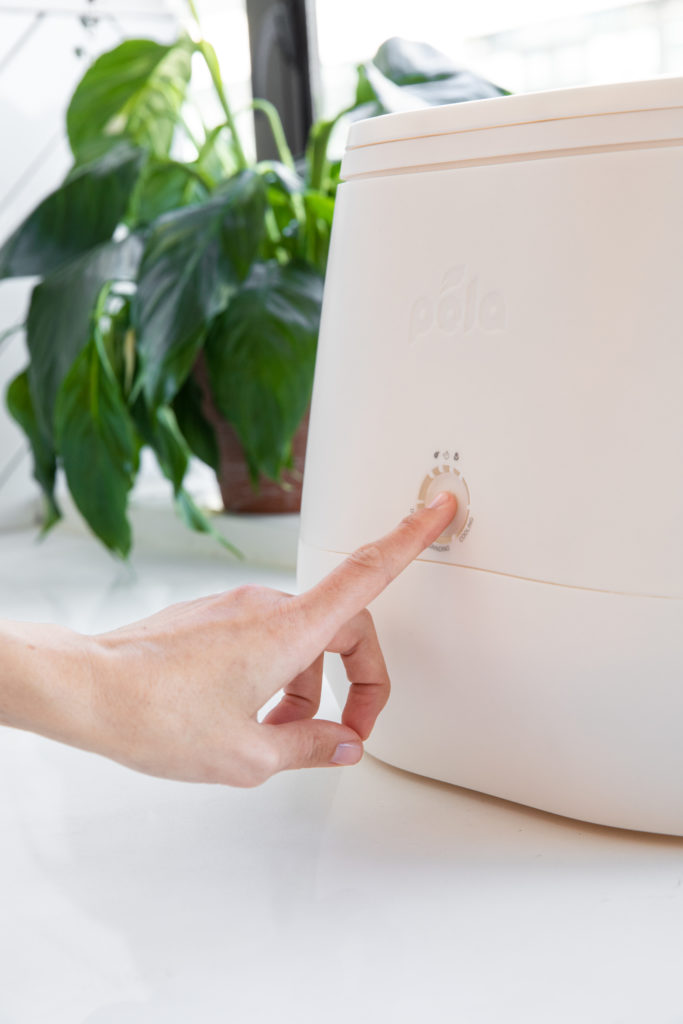
Courtesy of Lomi
I immediately noticed two things: One, I couldn’t smell any of the food inside, which was great. Two, the Lomi is louder than I thought it would be. I’m sitting in my office now, about 20 feet away from it, and I can say it’s louder than my dishwasher (although I have a very quiet dishwasher) and quieter than my dryer (although I have a very loud dryer). I wondered if the sound would bother me at night.
At about midnight I had to concede that yes, the sound does bother me at night. The Lomi kind of sounds like someone drilling something in the distance.
How It Works
The Lomi apparently it turns my mishmash of leftovers into compost using heat, abrasion, and oxygen. According to the website, it first breaks up whatever’s inside into smaller pieces, because “fragmented waste provides more surface area for microbes to accelerate the composting process.”
The end result, I’m told, “is a natural source of soil nutrients that increase the organic content of soil, helping boost plant growth and soil enrichment.”
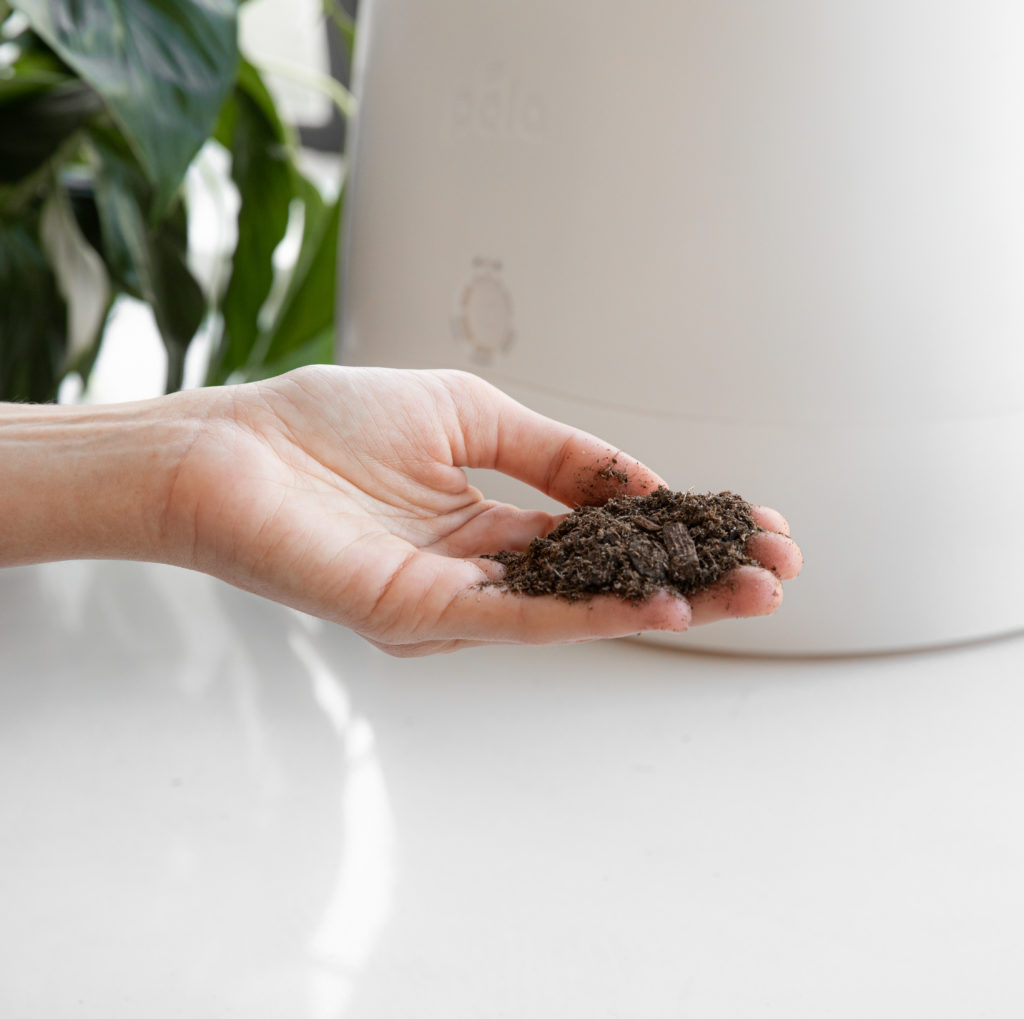
Courtesy of Lomi
I went to sleep with a pillow over my head that night.
The next day, I was a little bleary eyed I must admit. However, there is a major upside: After about 18 hours, I had … compost! Non-smelly, rich-looking compost that I decided was 100% garden tomato-worthy. And to think it came from my own trash.
The Upshot
Over the next week, I did find Lomi cut down my garbage waste—and kept me from having to keep stinking garbage around. I had to move it into a far corner of my laundry room, which kept me from having to hear it at night, but that seems like a small concession to make. I loved getting the compost for free.
So, would I recommend Lomi? Yes, with one caveat: At $499 it’s pricey. On the other hand, I personally haven’t found any other way to compost at home that works for me. So, Lomi? Come to mama.
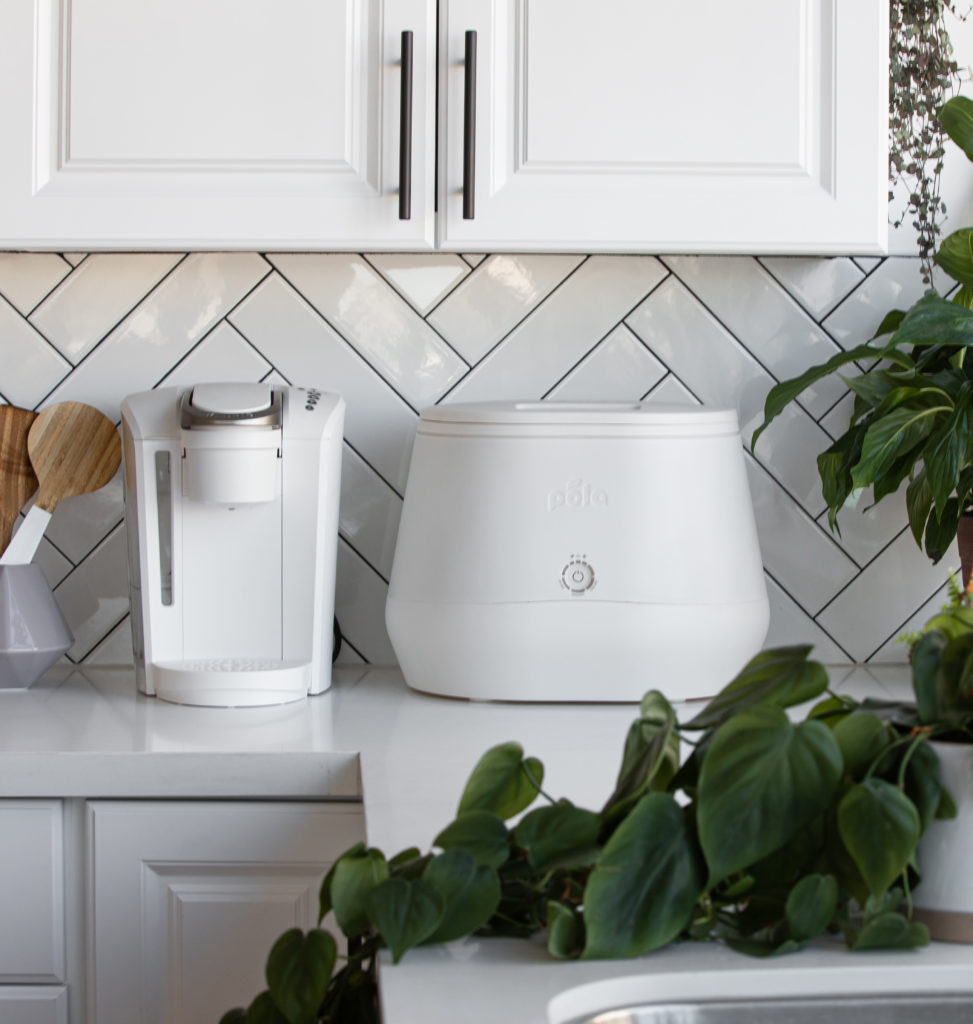
Courtesy of Lomi
